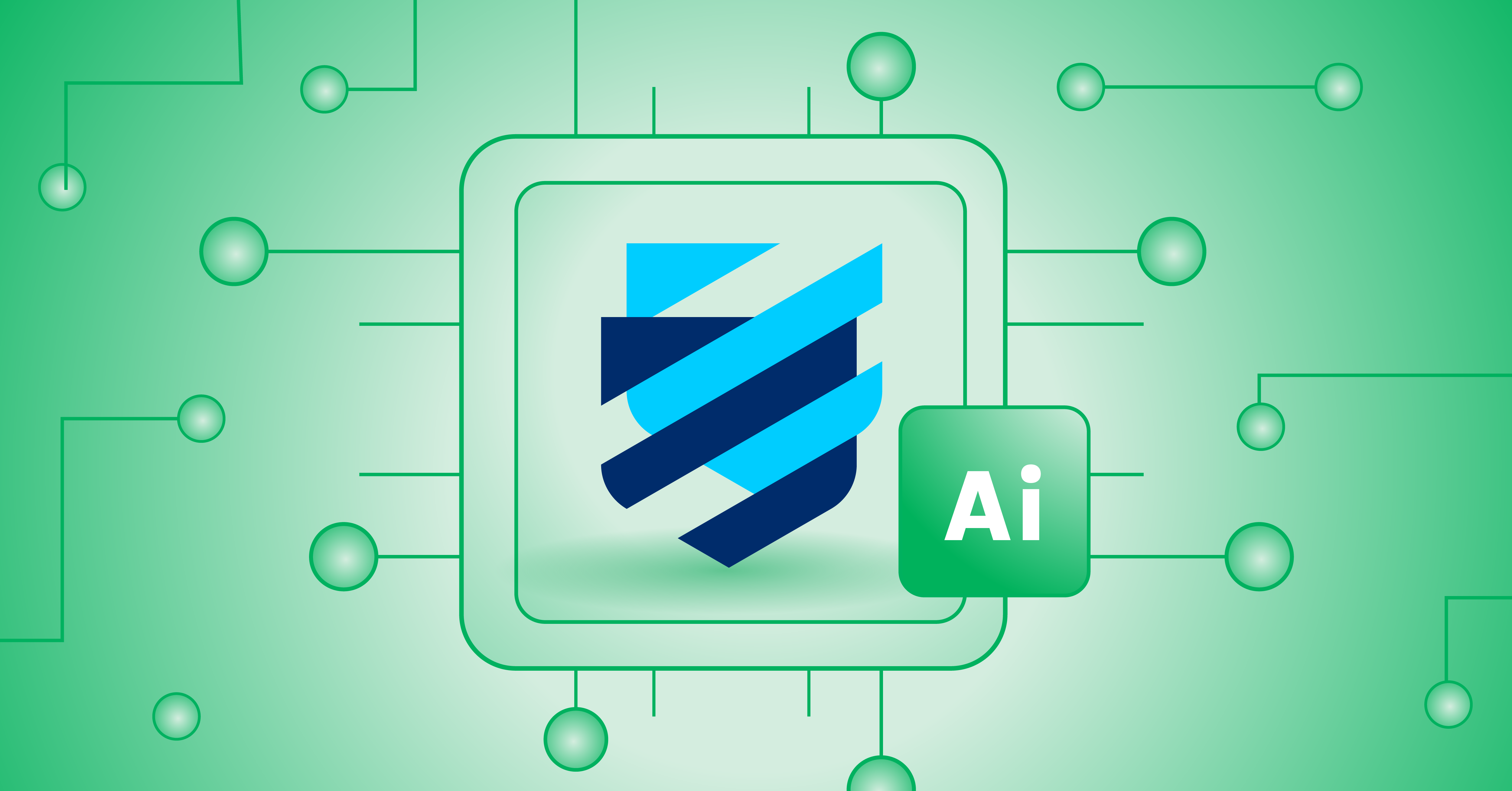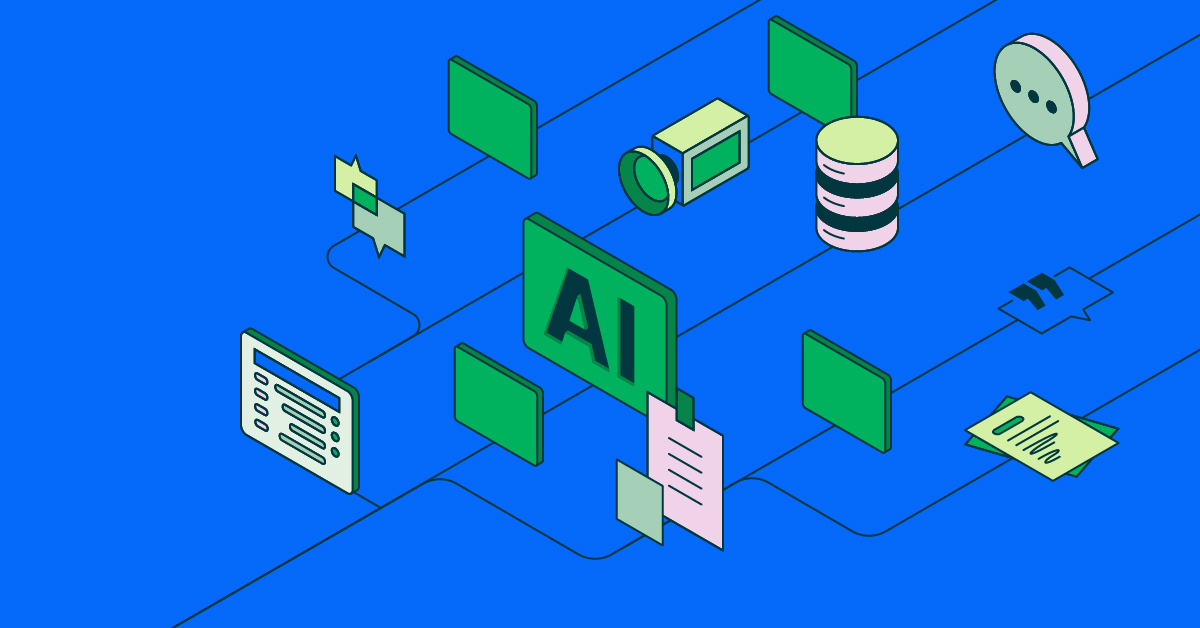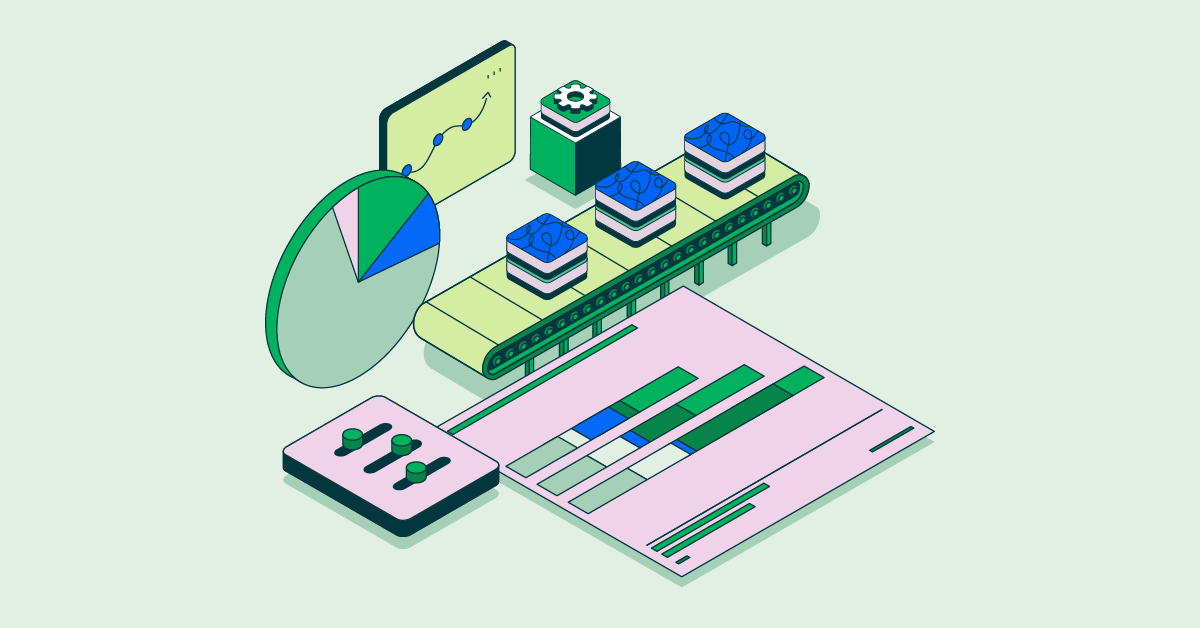What Do Consumers Want to Experience?
Magnolia in action
Take 12 minutes and a coffee break to discover how Magnolia can elevate your digital experience.
There’s no doubt consumer expectations are evolving as the web and other related technologies change at a rapid pace. Most consumers will no longer be satisfied with the traditional web approach that brands have taken in the past. That’s because desktop usage is on the decline and many organizations are unprepared for what the future holds.
Decision-makers should be asking: what exactly are consumers looking to experience on the web? With this question in mind, we’ll take a look at some of the factors that make up a compelling web experience in 2021.
4 Major Consumer Demands For The Web
The changes in consumer demands are a massive shift from the traditional web approach. Consumers want support for the channels they use, omnichannel interactions, hyper-personalized experiences, and quality content from their favorite brands.
1. Support for emerging channels
Today’s customers want to interact with brands using the medium of their choice, whether it’s a growing social medium platform like Tik Tok or an emerging channel like voice-enabled devices. While the older generation may be satisfied with Facebook, for example, the younger generation expects an endless amount of new content on Snapchat or Tik Tok. And these digital touchpoints that consumers are using are growing, and it’s having a dramatic impact on customer expectations.
Further Reading: Customer Experience Touchpoints: How New Touchpoints are Evolving Customer Expectations
In the past, brands could publish content on their website and expect consumers to see it, but nowadays, consumers expect brands to come to them on the platforms that they use. Building a brand presence on a rapidly changing set of channels, however, will require digital adaptability from organizations.
Digital Experience in 2021: Why Websites and Apps Aren't Enough
Discover why websites and apps are no longer enough to provide the digital experience customers now demand - and how to build your digital strategy to keep up with the new challenges.
2. Omnichannel brand interactions
Consumers also want convenience and control over their digital experiences. ecommerce brands, for example, are expected to provide a seamless shopping experience across many digital touchpoints. The ability to continue an interaction from one channel to the next is crucial for moving potential leads along the customer journey.
That’s why there has been a substantial shift from traditional ecommerce platforms and CMSs to headless technologies. Headless commerce enables brands to deliver integrated shopping experiences across many channels from a centralized location. Companies that want to remain adaptable and continue to provide innovative customer experiences will need a flexible tech stack going forward.
3. Hyper-personalized web experiences
We’ve already discussed how hyper-personalization boosts customer satisfaction, but in 2021 tailoring content to the individual will become even more of a necessity. That’s because there is an enormous demand for highly personal brand interactions, and it goes far beyond just knowing a customer’s name. Today’s most competitive brands — like Amazon — are using big data and machine learning to analyze consumer behavior and provide only the most relevant content and product offerings to their consumers.
An effective hyper-personalization strategy, however, requires personal data from consumers. This comes at a time when consumer data privacy regulations are becoming more stringent, and the compliance risks of collecting data continue to grow. Brands will need a way to safely collect and store customer data that they can later leverage to tailor content to the individual and to formulate new marketing campaigns. They will also need to keep up with the latest personalization trends so that they know how to adapt.
Further reading:
4. Valuable content
It’s becoming increasingly difficult to pull consumers away from the major social media platforms to view content on a brand’s own website. Even if users do visit a brand’s site, the likelihood of them returning is low. With the endless amount of new content published every day on social media, consumers want to consume content that provides instant value. This new way of consuming content and the lack of sticky behavior means brands will need to start producing highly valuable content and publishing it directly where consumers are.
Brands need to entertain, educate, or entice with quality content if they want to capture their audience’s attention. This focus in quality is also aligned with Google’s strategy for providing relevant search results and its latest algorithm update — Google BERT — which can better understand the intention behind queries. Brands, therefore, need to shift their content marketing strategies towards valuable content to win over their audience’s attention in a highly competitive digital market.
Consumer Demands Require a Modern Tech Stack
Meeting these consumer demands and differentiating from the competition requires a modern tech stack. Monolithic CMS solutions can’t enable the digital agility and marketing velocity that organizations need to deliver hyper-personalized digital experiences wherever consumers are. Brands need to build a more flexible and adaptable digital experience platform (DXP) if they want to remain competitive in 2021 and beyond.
Avis Budget Group — a leading global provider of vehicle rentals — recognized these consumer trends earlier on, however, and implemented Magnolia CMS to meet its new digital ambitions. The company’s previous mix of CMS solutions for its various brands was cumbersome to work with and wouldn’t allow the company to provide a consistent global experience to its customers. Nowadays, the brand delivers seamless multichannel customer experiences across devices and markets that drive business results.
Brands need to look towards innovative software solutions if they’re going to meet the demands of today’s web experiences. Magnolia CMS is poised to solve many of the challenges with delivering compelling web experience in 2021. The platform can act as a content hub and foundation for a best of breed DXP that delivers omnichannel experiences consistently and efficiently. There’s also powerful personalization capabilities to capture customer data — both explicit and implicit — and tailor content to market segments, regions, or the individual. These capabilities streamline the process for creating content that’s valuable for consumers and fuels business growth.
If you want to learn more about the way the web is changing and how brands can adjust their digital strategies to keep up with consumers, see our detailed guide on Digital Experience in 2021.
Read more about: "What is Eccommerce Personalization?"

.png)







